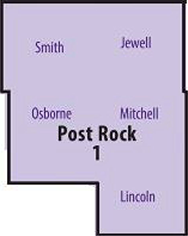 Students who eat full, nutritious lunches have higher cognitive function, improved mood, and better attention spans. Set your child up for success by utilizing the following tips:
Students who eat full, nutritious lunches have higher cognitive function, improved mood, and better attention spans. Set your child up for success by utilizing the following tips:
- Introduce children to a variety of whole-grain breads. If your child doesn’t like sandwiches, try an unassembled one they can eat in stages or a wrap.
- Try “planned-overs” like hearty soups, chili, or spaghetti from the night before. Use a container that can keep foods hot.
- Veggies and dip are always a hit. Cut up carrots, cucumbers, broccoli, or cauliflower and pack with a small container of your child’s favorite low-fat dressing.
- Offer beverages like water and low-fat milk; 100% fruit juice should be an occasional beverage.
- Minimize the salty and sweet treats in the lunch bag. Items like chips, “fruit” roll-ups, and cookies make it tough for small stomachs to get all the nutrients needed for good health and growth.
- Include a favorite item along with new foods. This way if the child doesn’t care for the new item, he or she will still have the old favorite.
- Involve children when planning lunch bag menus. They’ll look forward to lunchtime knowing they’ve helped create the menu.
- Keep foods safe. Use insulated bags with reusable ice packs to keep foods cool.
By: Ashley Svaty

 If you rent an apartment or house, your furniture, clothing and personal property is not covered by the owner’s insurance. The owner’s insurance covers only the owner’s property such as the building, not your property.
If you rent an apartment or house, your furniture, clothing and personal property is not covered by the owner’s insurance. The owner’s insurance covers only the owner’s property such as the building, not your property.



